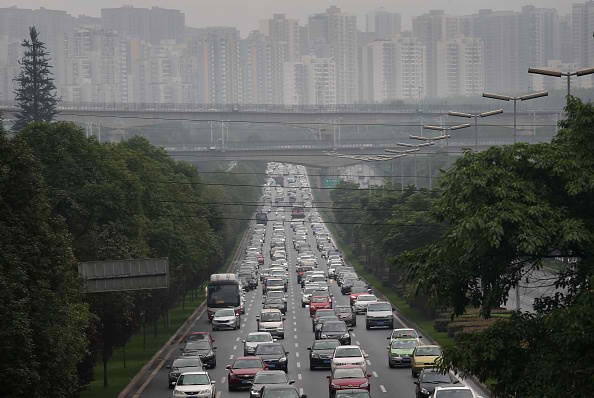The Chinese authorities recently revealed new findings showing that most people in China suffer in excess levels of noise.
An official of the environmental ministry said, "It means a quarter cities go to sleep in noise. And the lack of clear definitions about who should be responsible within the government is making it harder to solve the problem."
The control of noise stems from the confusion among government offices over noise pollution. This is These offices cover environmental, cultural, traffic, industry and commerce sectors, as well as urban inspectors and local police.
"As such, the top priority is to distinguish who has the responsibility," says an environment official from the southern province of Hainan.
According to the Environmental Protection Department of Hong Kong, "Poor planning in the past and cramped development have resulted in such thorny problems such as highways running just outside people's living rooms. The growth in the economy during the 1980s and 90s, which brought more construction and more traffic, has also contributed to the noise problem."
The department added, "People are also exposed to different levels of pounding, roaring or shrill noises from construction work, ventilation systems, intruder alarm systems and their neighbors."
Central government's data showed that there were 354,000 complaints were received about noise nationwide in 2015, making up 35.3 percent of all complaints annually.
The Hong Kong environmental department claimed that, for their part, solutions are being done. They stated, "Through proactive participation in the planning and policy-making processes and implementation of noise abatement measures, we have significantly, curbed growing of the number of people exposed to excess traffic noise even though the population has increased by one million and traffic volume has doubled since the late 1980s."



























